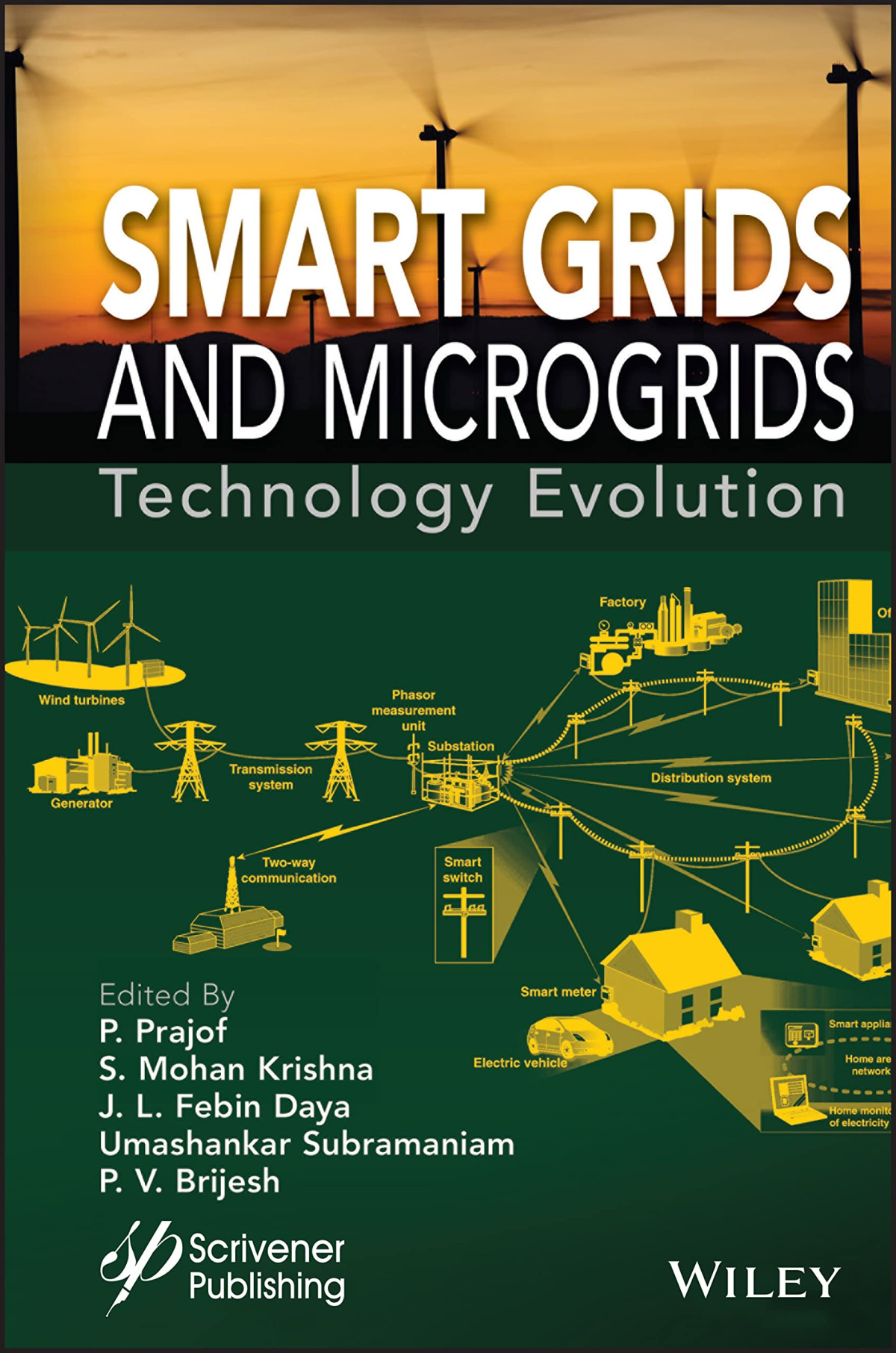

Most ebook files are in PDF format, so you can easily read them using various software such as Foxit Reader or directly on the Google Chrome browser.
Some ebook files are released by publishers in other formats such as .awz, .mobi, .epub, .fb2, etc. You may need to install specific software to read these formats on mobile/PC, such as Calibre.
Please read the tutorial at this link: https://ebookbell.com/faq
We offer FREE conversion to the popular formats you request; however, this may take some time. Therefore, right after payment, please email us, and we will try to provide the service as quickly as possible.
For some exceptional file formats or broken links (if any), please refrain from opening any disputes. Instead, email us first, and we will try to assist within a maximum of 6 hours.
EbookBell Team

4.4
22 reviewsWritten and edited by a team of experts in the field, this is the most comprehensive and up-to-date study of smart grids and microgrids for engineers, scientists, students, and other professionals.
The power supply is one of the most important issues of our time. In every country, all over the world, from refrigerators to coffee makers to heating and cooling, almost everyone in the world needs to have access to power. As the global demand rises, new methods of delivering power, such as smart grids and microgrids, have, out of necessity or choice, been developed and researched.
In this book, modern and advanced concepts of both microgrid and smart grid technology are introduced. Beginning from the brief fundamental concepts of microgrids and its various constituents this team of experts discusses different architectures, control issues, communication challenges, measurement, stability, power quality and mitigation, protection, and power electronic aspects of the microgrid system. Through this book, tools and techniques needed to design both microgrids and smart grids are discussed.
Recent and developing topics like smart meter impact, remote data monitoring, communication protocols, cybersecurity, artificial intelligence, big data, IoT, and many others are covered. Furthermore, this new volume also covers simulation and stability analysis tools pertaining to microgrids and smart grids. Throughout the book, detailed examples of microgrid and smart grid design and development strategies are provided, based on different constraints and requirements. Case studies, numerical models, and design examples are also included. Whether for the veteran engineer or student, this is a must-have volume for any library.
Audience: Engineers, scientists, industry professionals, students, and other lay people involved in the business of smart grids and microgrids